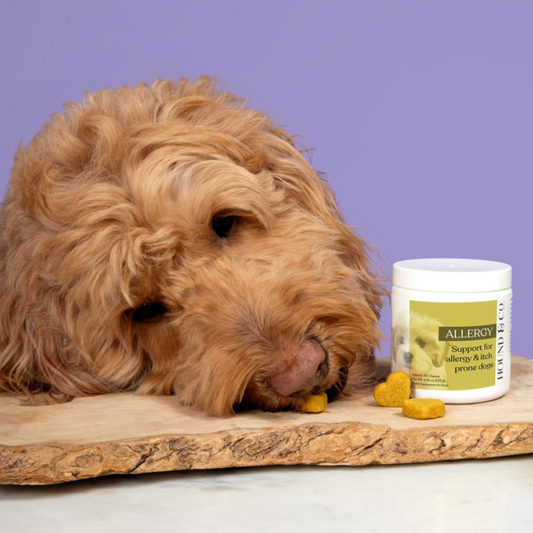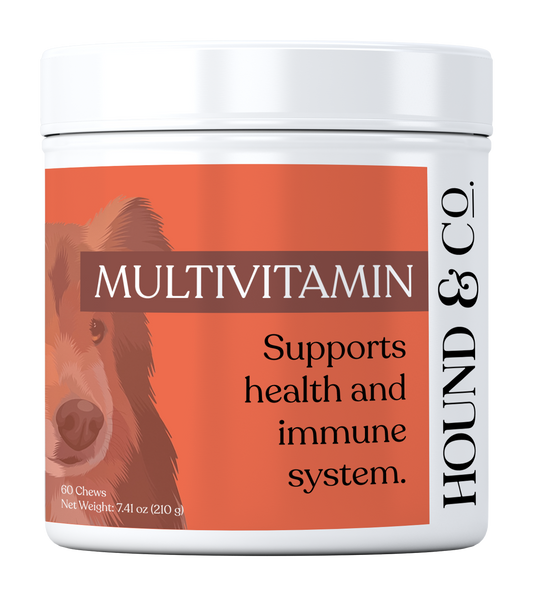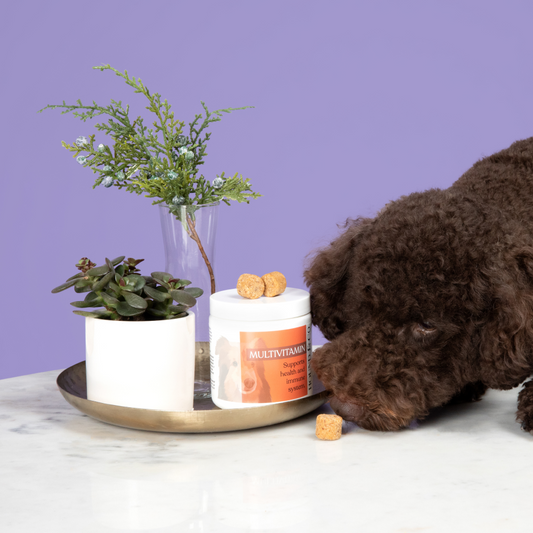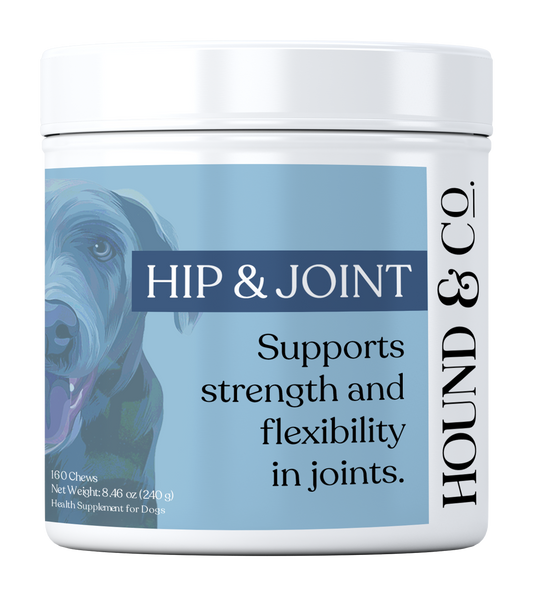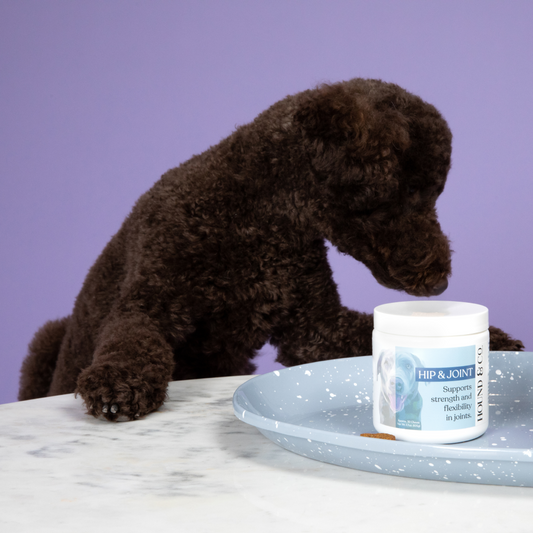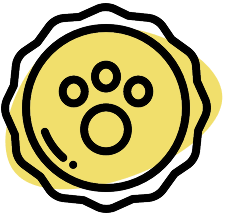The 3-Minute Daily Massage That Can Help Your Dog’s Joints
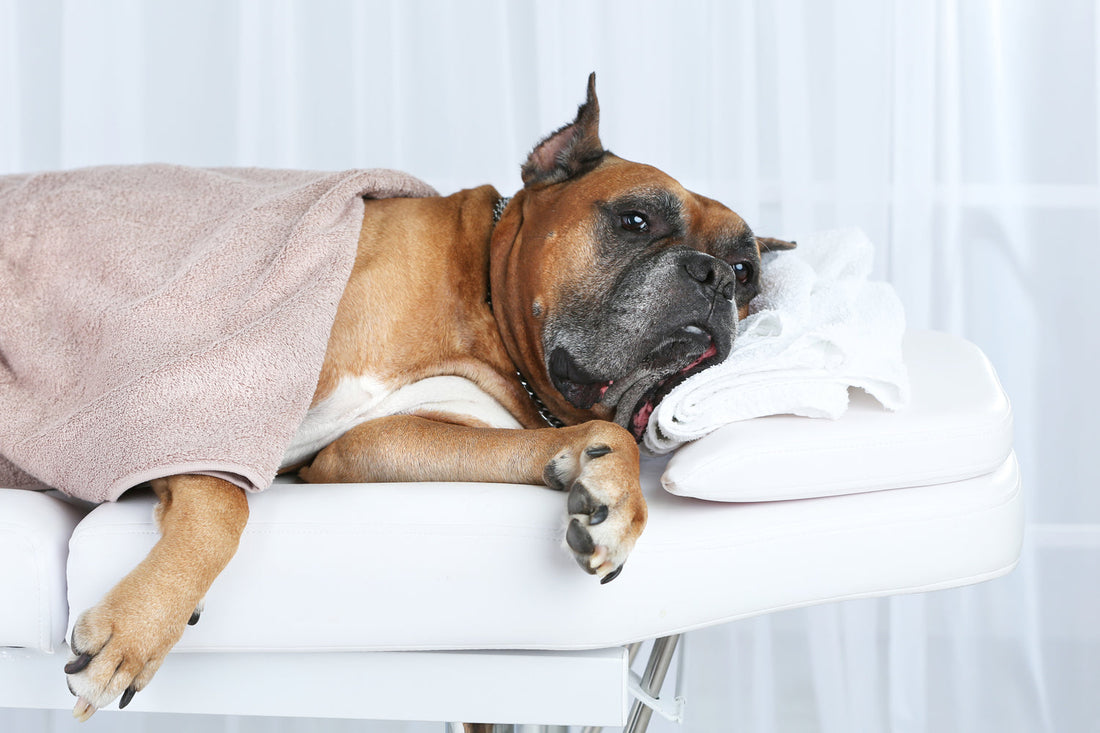
Vet Reviewed by Dr. Jacob Klos, DVM

Stiffness, slow movement, and soreness aren’t just signs of aging—they’re often signals your dog’s joints need extra care. And while supplements and exercise are great tools, there’s another option that’s free, easy, and surprisingly effective: massage.
When done properly, a short daily massage can improve circulation, reduce inflammation, ease muscle tension, and boost mobility in dogs of all ages—especially seniors or dogs with joint conditions like arthritis or hip dysplasia.
Why Massage Helps Dogs With Joint Issues
- Increases blood flow: Delivers oxygen and nutrients to joint tissues and helps flush out waste products.
- Reduces stiffness: Warms up muscles and connective tissue around joints, improving range of motion.
- Soothes pain: Stimulates the body’s natural pain-relief mechanisms through endorphin release.
- Supports relaxation: Reduces anxiety, especially in dogs with chronic discomfort or mobility issues.
When to Massage Your Dog
The best time to massage your dog is when they’re already calm—such as after a walk, before bedtime, or during a quiet moment at home. Avoid massaging if your dog is visibly in pain, has an active injury, or isn’t in the mood to be touched.
3-Minute Daily Joint Massage: Step-by-Step
- Start with gentle petting: Begin by stroking your dog’s body slowly to help them relax. Use a calm voice and avoid sudden movements.
- Focus on the legs: Using flat fingers, apply gentle circular motions along the large muscles of the legs—especially the thighs, shoulders, and calves. Avoid putting pressure directly on joints.
- Knead carefully: With your fingertips or thumbs, apply light pressure in a kneading motion around the hips, lower back, and base of the tail. Watch for signs of discomfort and adjust pressure as needed.
- Massage the paws: Gently rub the pads and stretch each toe slightly. This can help with circulation in the extremities and feels great to many dogs.
- End with calm strokes: Finish with a few slow, soothing strokes along the back and sides to help your dog wind down.
Signs Your Dog Enjoys It
- Relaxed body or sighing
- Leaning into your hands
- Soft eyes or closed eyes
- Gentle tail wag or pawing for more
If your dog pulls away, tenses up, or seems uneasy, don’t force it. Just try again another time—or skip areas that seem sensitive.
How Often to Massage
For general joint support, 3–5 minutes a day is enough. You can do longer sessions once or twice a week, or shorter daily massages to build a bonding ritual with your dog. Consistency is key—regular touch builds trust and lasting benefits over time.
Final Thoughts
Massage isn’t just for pampered pups—it’s a simple, powerful tool you can use to help your dog feel better, move easier, and enjoy a more comfortable life. With just a few minutes each day, you’ll not only support your dog’s joint health, but also strengthen your connection with them in the process.




